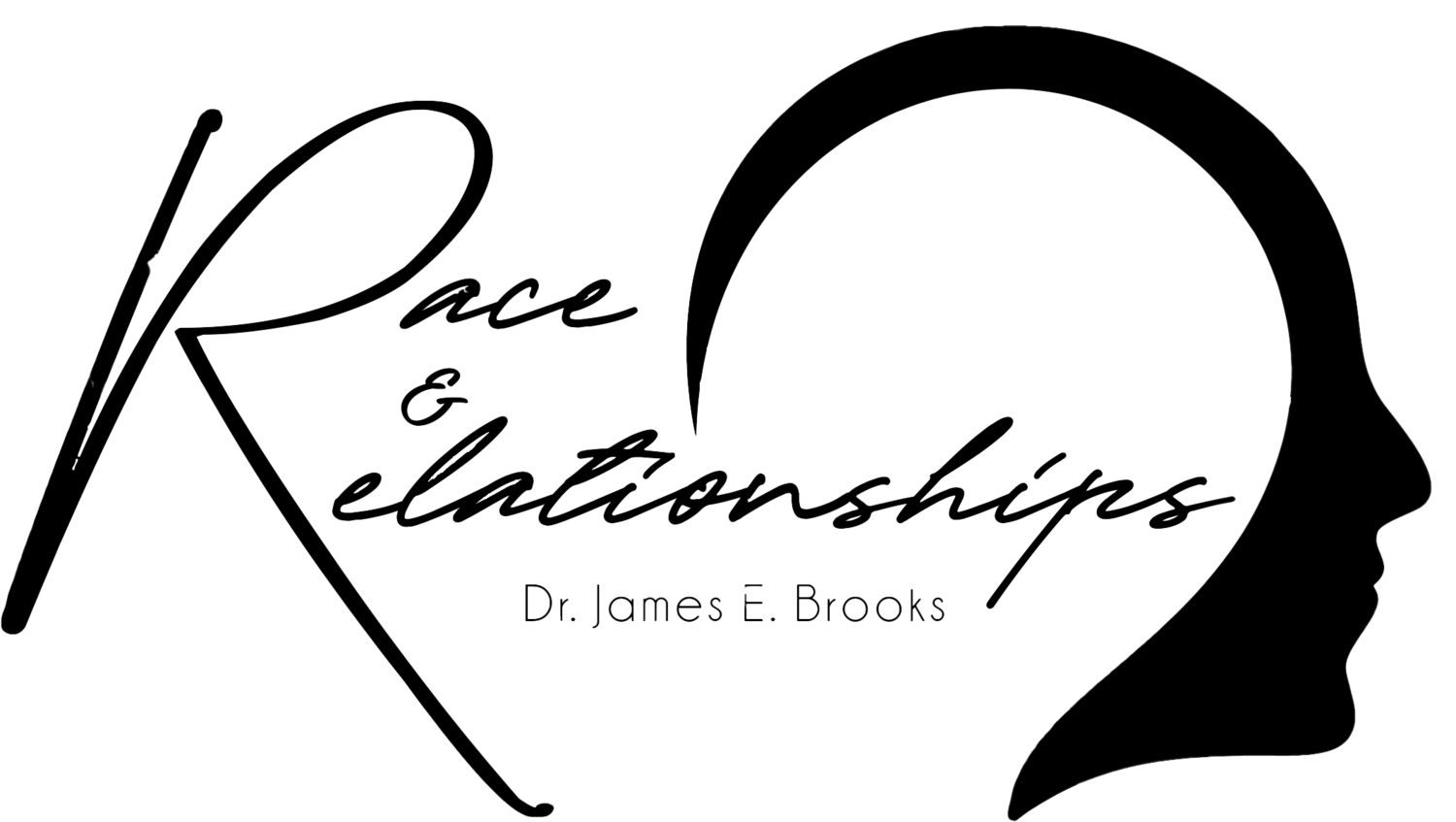Continuing the Conversation on Racial Hierarchies in Online Dating: Considerations Based on Observed Race
What is the Issue?
As the multiracial population grows faster than any other racial group, researchers are eager to understand their dating patterns. Previous research has shown that Black-White multiracial daters typically adhere to the one-drop rule, meaning that if they have any African ancestry at all, they identify as Black only. Thus, Black-White multiracial daters have shown similar racial preferences as monoracial Black daters. This is in contrast to non-Black multiracial daters, who have similar racial preferences as White daters. However, the one-drop rule is believed to be loosening, with many Black-White multiracial individuals identifying as more than Black. This raises questions about potential variations in dating patterns by observed race, which is determined by one’s phenotype.
What is the Purpose of this Investigation?
Considering the nuances of observed race, this study sought to understand if online dating patterns differ based on observed race. Using the popular online dating platform “Match.com,” Feliciano and Kizer analyzed the dating patterns of multiracial online daters (men seeking women and women seeking men), guided by the following questions:
(1) How do the racial preferences for dates of daters who identify as more than one race compare to their monoracial counterparts’ racial preferences?
(2) Do the racial preferences for dates of self-identified multiracial individuals vary based on how they are racially classified by others?
Based on these questions, researchers posed the following hypotheses:
(H1) Whitening Hypothesis: Daters who self-identify as White and other non-Black race (s) will be more likely to include White daters than they are to include the non-White group (s) with whom they self-identify, and will appear more similar to White daters in their racial preferences than to the non-White group (s) with whom they also self-identity. This will not be the case for daters self-identifying as Black/White.
(H1a) Non-White, non-Black multiracial daters will be more likely to exclude Black daters than White daters as possible dates.
(H2) Black Exceptionalism Hypothesis: Multiracial daters who self-identify as Black and another race (s) will be more likely to prefer Black daters than the non-Black group (s) they also self-identify with, and will have racial preferences more similar to Black daters than to other group (s) with whom they also self-identify.
(H3) One-Drop Rule Hypothesis: Self-identified part-Black multiracial daters do not differ significantly from monoracial Black daters in their racial preferences.
(H4) Latin Americanization Hypothesis: The dating choices of multiracial daters, regardless of self-identity, should vary by observed race, with multiracial daters observed as White more likely to prefer to date White daters than others, and those observed as Black more likely to prefer to date Black daters.
(H5) Differences in multiracial daters’ preferences for those at the top of the racial hierarchy (White daters) and at the bottom of the racial hierarchy (Black daters) are explained by their observed race.
What were the Results?
The results show support for a few of the hypothesized outcomes. Support for the Whitening hypothesis is strong. All groups of non-Black/White multiracial daters are just as inclusive of White daters as monoracial White daters are and are more inclusive of White daters than daters of the minority they identify with (H1). Additionally, non-Black/White multiracial daters exclude Black daters at least as much as monoracial White daters do (H1a). In contrast to other multi-racial groups, Black/White multiracial daters' racial preferences are more similar to Black daters than White daters (H1). Results for hypotheses 2, 3, 4, and 5 are mixed, but there are some significant things to note. First, all multiracial groups were found to be exclusive of Black daters. Further, there is evidence that the one-drop rule is loosening, with many Black multiracial daters having significantly different preferences than monoracial Black daters. Interestingly, observed race is significant in some ways. Multiracial daters exclusion of White daters is dependent on their observed race. Daters who are perceived as non-Black are more accepting of White daters than those who are classified as Black.
What are the Implications?
Despite a lack of support for many of the projected hypotheses, this study still has significant implications. It is very clear that monoracial Black daters are excluded from all multiracial daters, showing the presence of a racial hierarchy which ranks Blackness at the bottom. The study also provides evidence on the recent loosening of the one-drop rule, raising questions about whether it will continue to be relevant in the future. Finally, it appears that observed race is significant in the dating space, providing further support for the presence of racial hierarchies and shedding light on the differences between self-identification and observed race.
Citation: Cynthia Feliciano, Jessica M Kizer, Reinforcing the Racial Structure: Observed Race and Multiracial Internet Daters’ Racial Preferences, Social Forces, Volume 99, Issue 4, June 2021, Pages 1457–1486, https://doi.org/10.1093/sf/soaa065
